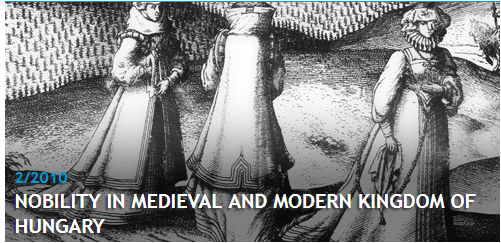Úradníci, statkári, familiári. Stoličná šľachta v západnom Zadunajsku na prelome 16. a 17. storočia
Officials, Landowners and Familiares: County Nobility in Transdanubia at the Turn of the 16th and 17th Centuries
Author(s): Péter DominkovitsSubject(s): Local History / Microhistory, Political history, 16th Century, 17th Century
Published by: Historický ústav SAV
Keywords: Kingdom of Hungary; early modern period; county nobility; western Transdanubia; familiares; officials; landowners;
Summary/Abstract: Counties in the early modern Hungarian kingdom despite of their particularities fulfilled much the same functions. However, research had shown that there were some counties that functioned on different principles, such as the special counties occupied by the Ottomans. Each county was characteristic by its specific organization, structure of land possessions and related individual relationships of magnates. Aristocracy had the upper hand over county nobility in the local politics as they influenced to great extent elections of county officials and consequently shaped the county politics by the means of county statutes and provisions. On the basis of two tax registers from 1549 and 1598 author analyses differences in the structure of land possessions in the five counties of the western Transdanubia. These include Győr (Raab), Moson (Wieselburg), Sopron (Ödenburg), Vas (Eisenburg) and Zala counties. The importance of land possessions as well as related aspects such as familiarity and familial ties is discussed and supported by a table of aristocratic and noble landowners of the counties. The most influential in county politics was the county vicecomes. The author provides names of the families that held office of the vicecomes in the given period and counties in question. The counties were further divided into smaller administrative districts administered by noble judges (iudices nobilium) who had wide administrative and judicial powers. Last, the author outlines perspectives and suggestions for further research, such as archontological compilations of county officials, as well as of important familiares, secular and church magnates. These should help to learn more about functioning of the counties and identify changes that local nobility went through in the early modern period.
Journal: Forum Historiae. Časopis a portál pre históriu a príbuzné spoločenské vedy
- Issue Year: 4/2010
- Issue No: 2
- Page Range: 1-17
- Page Count: 17
- Language: Slovak

